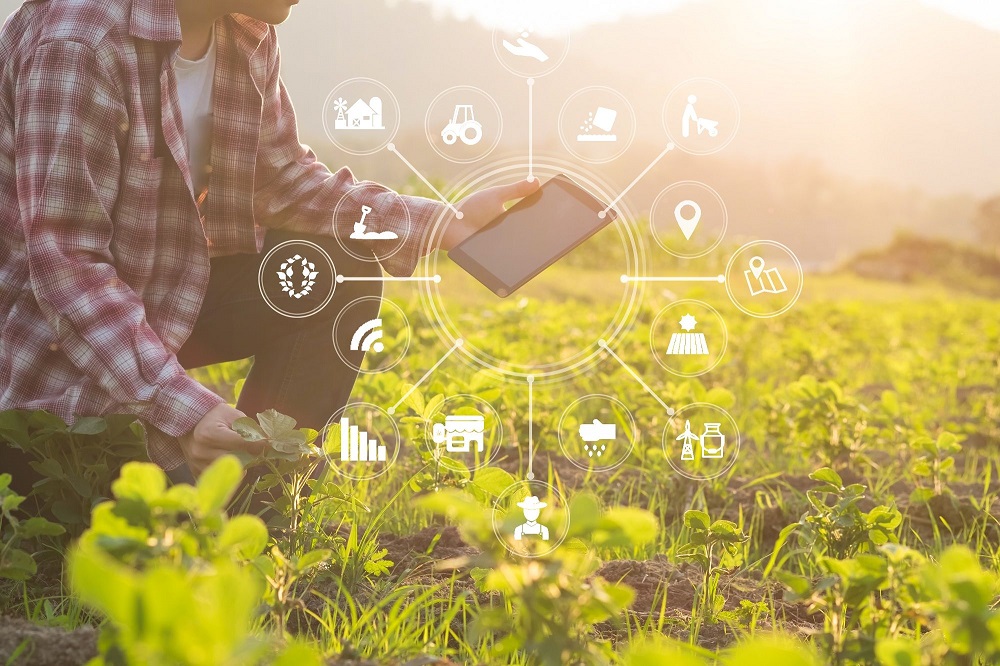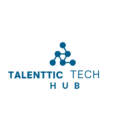Agritech Revolution | Unveiling Cutting-Edge Precision Farming and IoT Integration

In recent years, agriculture has undergone a revolutionary transformation, driven by relentless progress in AgriTech innovations. These advancements go beyond mere upgrades, fundamentally redefining the future of agriculture with a focus on efficiency, sustainability, and productivity. Precision farming, intricately integrated with IoT technology, stands out as a leading force in this transformative wave. This dynamic combination signifies more than an upgrade; it symbolizes a paradigm shift, providing farmers with unprecedented insights for data-driven decision-making.
The exploration into precision farming and IoT integration reveals a robust framework enhancing overall farm efficiency, sustainability, and productivity. Essential tools like real-time monitoring, smart sensors, and predictive analytic liberate farmers from guesswork, enabling precise responses to emerging challenges. Tangible outcomes include optimized crop yields, reduced resource wastage, and a notable enhancement of overall farm productivity. The blogpost highlights the trans-formative force of precision farming and IoT integration as a powerful alliance shaping and defining the future of agriculture.

Real-Time Monitoring
Real-time monitoring in precision farming is a pivotal aspect that revolutionizes traditional agricultural practices by integrating IoT devices throughout the farm. These devices, equipped with various sensors and communication capabilities, continuously collect and transmit essential data, offering farmers instantaneous insights into crucial aspects of their operations. Here’s an elaborate breakdown of how real-time monitoring through IoT devices is instrumental in precision farming:
Soil Conditions Monitoring
Soil sensors deployed across the fields measure parameters like moisture content, temperature, and nutrient levels in real-time.
Farmers receive immediate updates on soil conditions, enabling them to make informed decisions about irrigation schedules, fertilizer application, and other soil management practices.
Weather Patterns Analysis
IoT weather stations on the farm provide real-time data on temperature, humidity, wind speed, and precipitation.
Farmers can monitor current weather conditions and receive alerts about upcoming changes. This information is crucial for planning activities such as planting, harvesting, and protecting crops from extreme weather events.
Crop Health Monitoring
Drones or ground-based cameras equipped with sensors capture real-time images of the crops.
Image analysis algorithms quickly assess the health of crops, identifying issues like pest infestations, diseases, or nutrient deficiencies. Farmers can respond promptly by implementing targeted interventions.

Smart Sensors
Smart sensors are essential components of precision farming, providing real-time, detailed information about the environmental conditions in the fields. These sensors play a pivotal role in optimizing agricultural practices by measuring various factors that influence crop growth. Here’s an elaborate explanation of how smart sensors contribute to precision farming:
Continuous Monitoring
Smart sensors are designed for continuous monitoring of key environmental parameters. These include soil moisture levels, nutrient content, temperature, humidity, and other relevant factors.
Continuous monitoring ensures that farmers have a comprehensive and up-to-date understanding of the conditions in their fields, allowing for timely and precise interventions.
Soil Moisture Sensing
Soil moisture sensors are deployed in the ground to measure the amount of water present in the soil.
Real-time data on soil moisture levels help farmers determine when and how much to irrigate, preventing under or over-watering. This not only conserves water but also optimizes crop yield.
Nutrient Content Measurement
Smart sensors are equipped to measure nutrient levels in the soil, providing insights into the availability of essential elements like nitrogen, phosphorus, and potassium.
This data guides farmers in adjusting fertilizer application to meet the specific needs of the crops. By avoiding excessive use of fertilizers, farmers can reduce costs and minimize environmental impact.
Predictive Analytics
The integration of IoT in precision farming extends to advanced analytics, facilitating predictive modeling for agricultural processes. Farmers can leverage historical data, combined with real-time inputs, to forecast potential challenges and opportunities. Predictive analytics aids in predicting crop diseases, optimizing planting times, and even projecting yields, allowing for proactive decision-making.
Predictive analytics, when integrated with IoT in precision farming, represents a powerful tool that allows farmers to anticipate and address potential challenges and opportunities in agricultural processes. By leveraging historical data along with real-time inputs from IoT devices, predictive analytics enables proactive decision-making in various aspects of farming. Here’s an elaborate explanation of how predictive analytics enhances precision farming:
Historical Data Analysis
Predictive analytics begins with the analysis of historical data collected over time. This data includes information on crop yields, weather patterns, soil conditions, pest occurrences, and other relevant parameters.
Farmers can identify patterns, trends, and correlations within the historical data to gain insights into how various factors have influenced crop performance in the past.
Real-Time Inputs from IoT Devices
The integration of IoT devices provides a continuous stream of real-time data on environmental conditions, soil health, and crop status.
This real-time data complements historical information and enhances the accuracy of predictive models by capturing current conditions and dynamic changes in the field.
Crop Disease Prediction
Predictive analytics can be employed to develop models for predicting the likelihood of crop diseases.
By analyzing historical data on disease occurrences and correlating it with current environmental conditions, farmers can receive early warnings about potential disease outbreaks. This allows for timely preventive measures, such as adjusting irrigation or applying targeted treatments.

Optimizing Crop Yields
One of the primary benefits of precision farming and IoT integration is the optimization of crop yields. With granular data on soil health, crop conditions, and environmental factors, farmers can implement targeted interventions. This precision minimizes guesswork, leading to improved crop quality, increased yields, and, ultimately, higher profitability.
Resource Wastage Reduction
Precision farming significantly contributes to resource efficiency by minimizing wastage of essential inputs such as water, fertilizers, and pesticides. Smart irrigation systems, guided by real-time data, ensure precise water application, reducing water usage and environmental impact. Similarly, optimized nutrient management based on accurate sensor readings minimizes fertilizer wastage.
Enhancing Overall Farm Productivity
The amalgamation of precision farming and IoT technologies results in a holistic enhancement of farm productivity. By making data-driven decisions, farmers can streamline operations, allocate resources effectively, and mitigate risks. This leads to increased efficiency, reduced operational costs, and a more sustainable approach to agriculture.
Conclusion
Precision farming, empowered by IoT integration, represents a trans-formative force in agriculture. The ability to make data-driven decisions through real-time monitoring, smart sensors, and predictive analytics not only optimizes crop yields but also contributes to resource conservation and overall farm productivity. As we embrace the era of smart agriculture, the synergy between precision farming and IoT continues to shape a sustainable and technology-driven future for the agricultural sector.

Loved the breakdown of AI’s role in streamlining compliance workflows. For a curated look at top tools, check out the AI Reviews Assistant – it’s a great resource for professionals seeking efficiency.